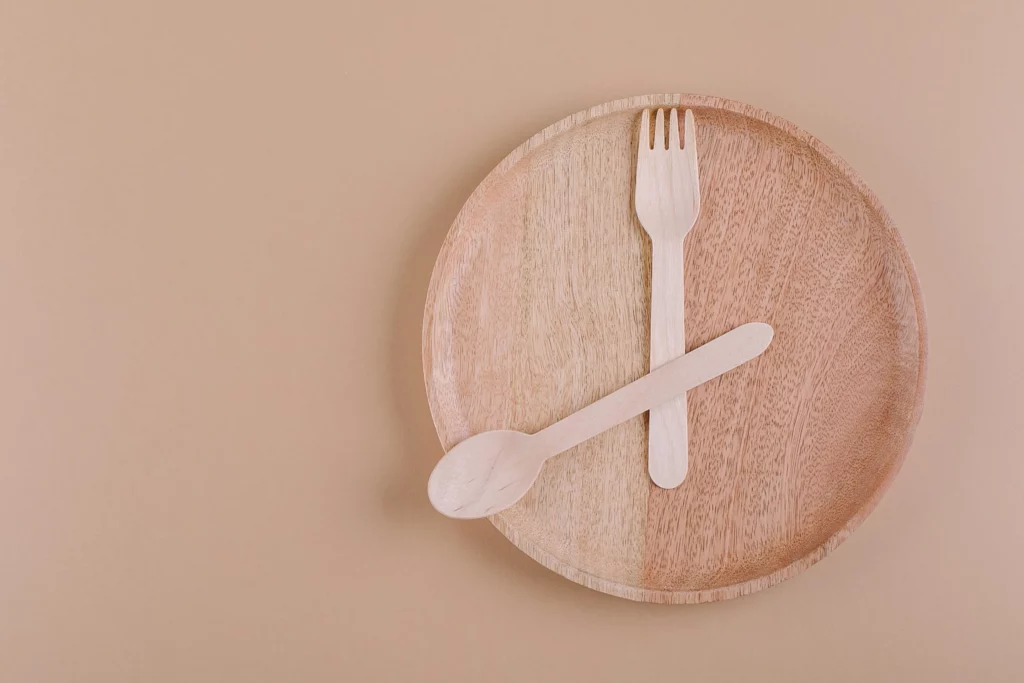Would you believe that changing when you eat could help you lose weight, improve your metabolic health, reduce your risk of cardiovascular disease, delay aging, and more? Our bodies evolved in very different conditions than we live in today. Our distant ancestors didn’t have a constant supply of food at their fingertips – no refrigerator, no DoorDash. They had to work to source food, and, once they did, they didn’t always find more right away. This process of eating to nourish the body, then going extended periods of time with limited energy intake is called intermittent fasting, and it turns out our modern bodies can benefit from aligning with this historic necessity.
How it works:
When you take a break from consuming calories, your body shifts into a different metabolic state where aging is slowed and your cells can renew themselves. This state is called ketosis, and it typically occurs 12-36 hours after we stop eating. Ketosis can activate a process called autophagy, where cells break down proteins and other cell components to obtain energy. Autophagy is critical for cell health, renewal, and survival, and is likely one of the reasons that fasting is associated with longevity.
Benefits of fasting:
Research has shown that intermittent fasting can profoundly benefit your health, counteracting diseases and age-related disorders including:
- Diabetes
- Cardiovascular disease
- Cancer
- Alzheimer’s disease
- Parkinson’s disease
- Stroke
Other potential benefits include:
- Weight loss
- Improved metabolic health
- Reduced oxidative stress
- Improved cognition
- Delayed aging
- Decreased inflammation
- Improved sleep
- Healthier gut microbiome
How to approach intermittent fasting:
There are many approaches to intermittent fasting. If you’d like to give it a try, I’d love to work with you in a 1:1 setting to help you select and implement the best fit for you.
The basic idea is to avoid all calorie-containing foods when you are in your fasting window. Only water, unsweetened tea, and black coffee should be consumed. Some methods involve a modified version of fasting, where, instead of a strict fast, you reduce your caloric intake to 20-25% of your daily requirement during the fasting window. During your feeding window, you may eat a regular diet as desired.
Here are some options for scheduling your intermittent fasting:
| Schedule | Feeding window | Fasting window |
| Alternate day fasting | every other day | strict fast every other day |
| Modified alternate day fasting | every other day | reduced caloric intake every other day |
| Time-restricted feeding | 4-12 hours/day | strict fast 12-20 hours/day |
| Early time-restricted feeding | 6 hours/day – early (for example 8 a.m.-2 p.m.) | strict fast the remainder of the day |
| 5:2 diet | 5 days/week | reduced caloric intake 2 non-consecutive days/week |
| 6:1 diet | 6 days/week | strict fast 1 day/week |
Potential side effects and safety considerations of fasting include:
- Fatigue
- feeling cold
- headache
- cramps
- hunger
- irritability
- low energy
- mood and behavioral changes
Ready to go?
The best way to begin on your own is to start off slow. Try for a 13-hour fast from 6pm to 7am, then extend breakfast by an hour every few days to increase your fast time. Always be sure to break your fast with a healthy protein food such as avocado, olives, nut butter, ghee, or bone broth.
Tip: Purchasing a Keto Mojo device to check your blood sugar and ketone level is helpful to make sure your sugar does not go too low and to check your level of ketosis. You’ll always want to break a fast if your blood sugar drops below 50 mg/dL and your ketones rise above 7 or 8 mmol/L.
I’m here as your resource, so please reach out — and happy fasting!
Resources for you to learn more:
Books
The Menopause Reset by Dr. Mindy Pelz
Fast Like a Girl by Dr. Mindy Pelz
The Metabolic Approach to Cancer by Dr. Nasha Winters and Jess Higgins Kelley
The Obesity Code by Dr. Jason Fung
Keto for Cancer by Miriam Kalamian
Intermittent Fasting Transformation by NP Cynthia Thurlow
Tools
LIFEEAPP – fasting tracker
KETO MOJO – blood sugar and ketone device
CARB MANAGER APP – macro tracker
Erika Rothacker, ACN, RDN, LD is a registered dietitian nutritionist at Renaissance Health Center. Please call our main office at 702-258-7860 to schedule an appointment with her today!

